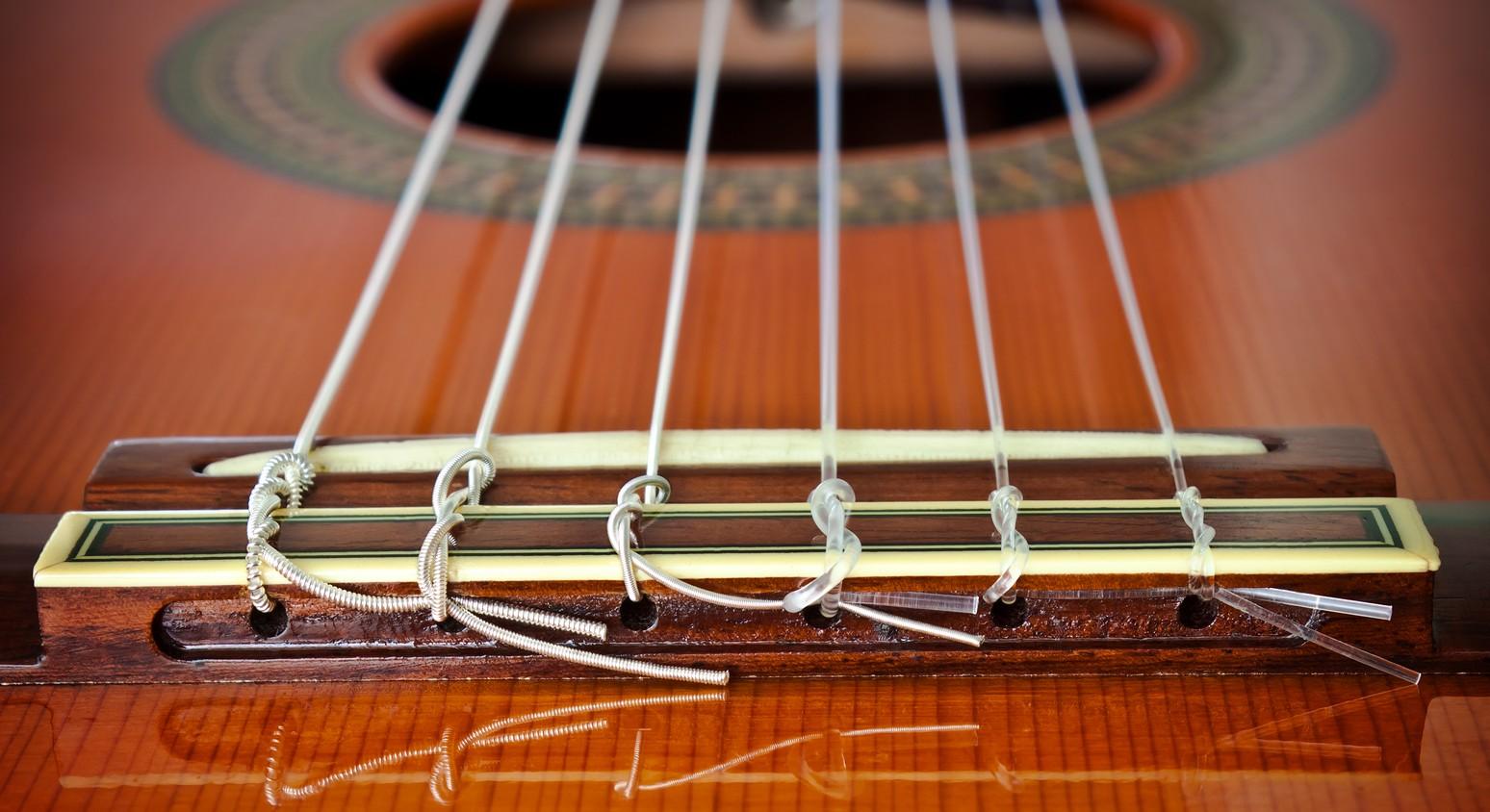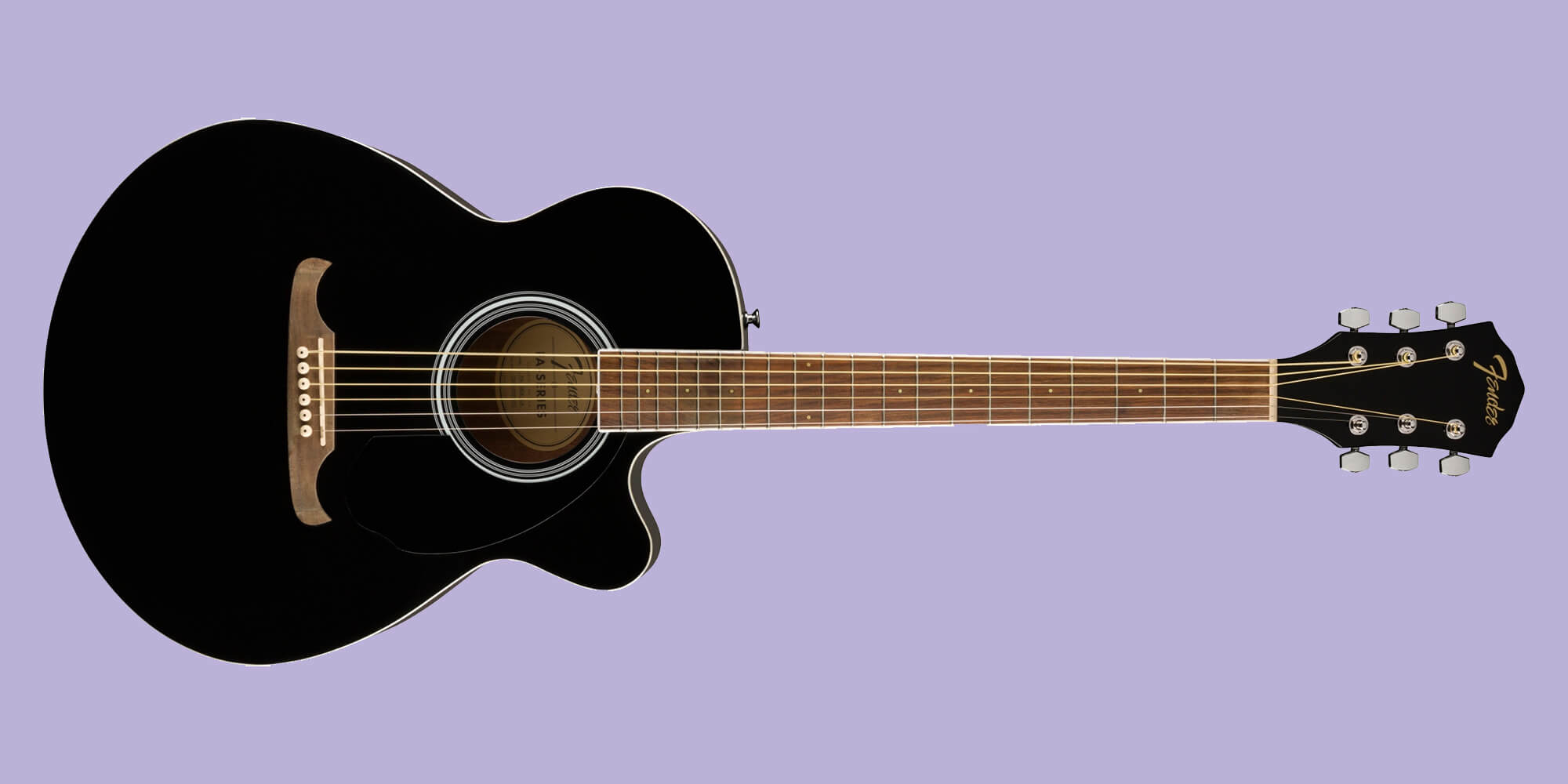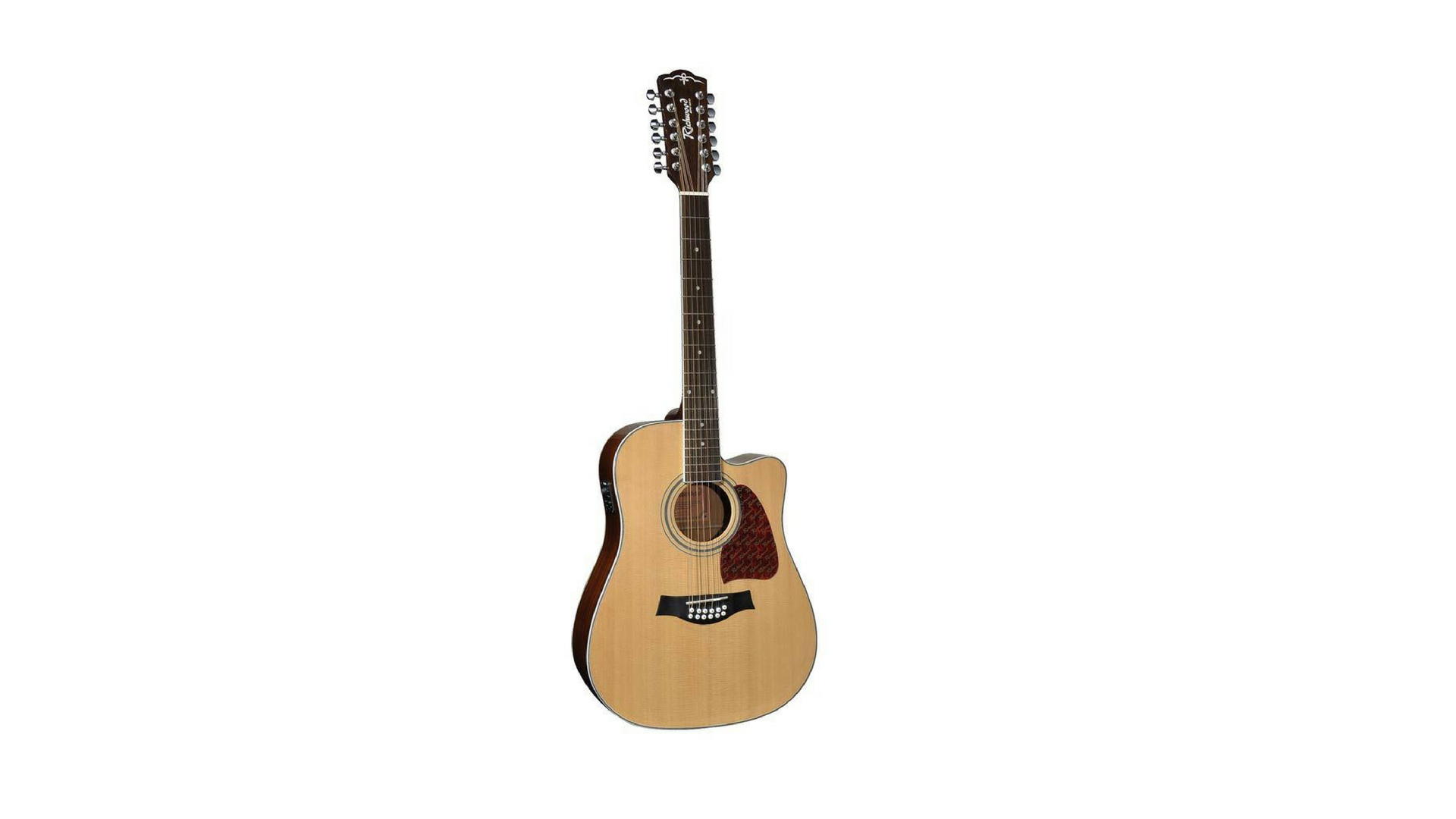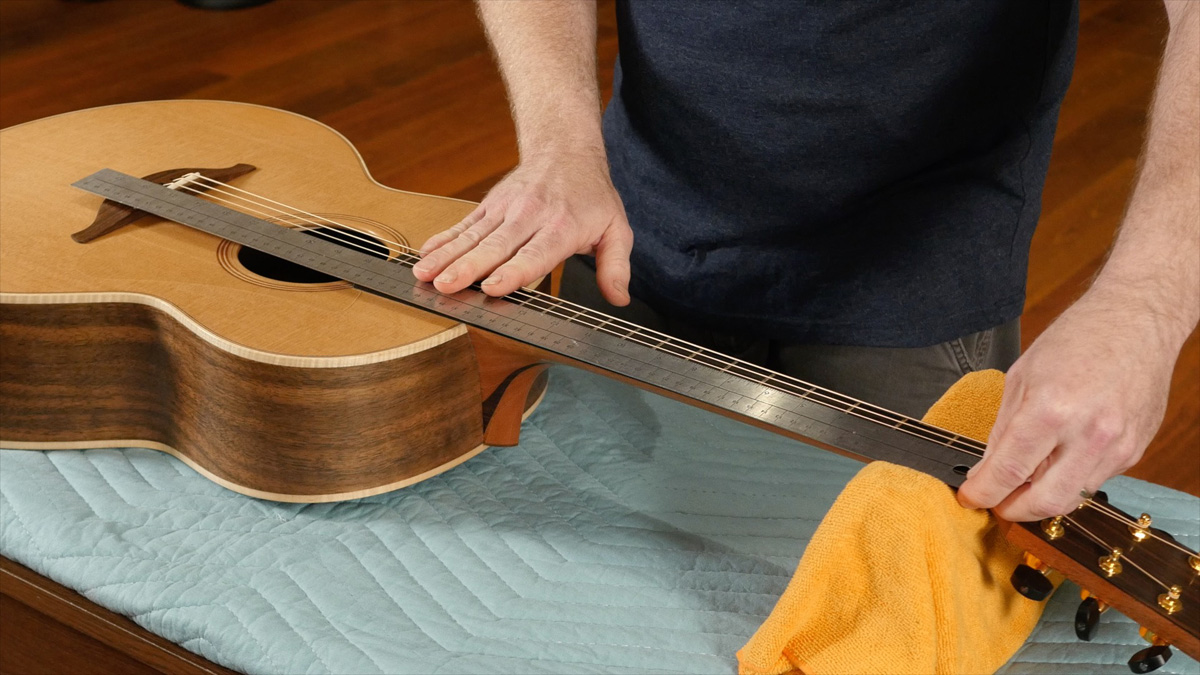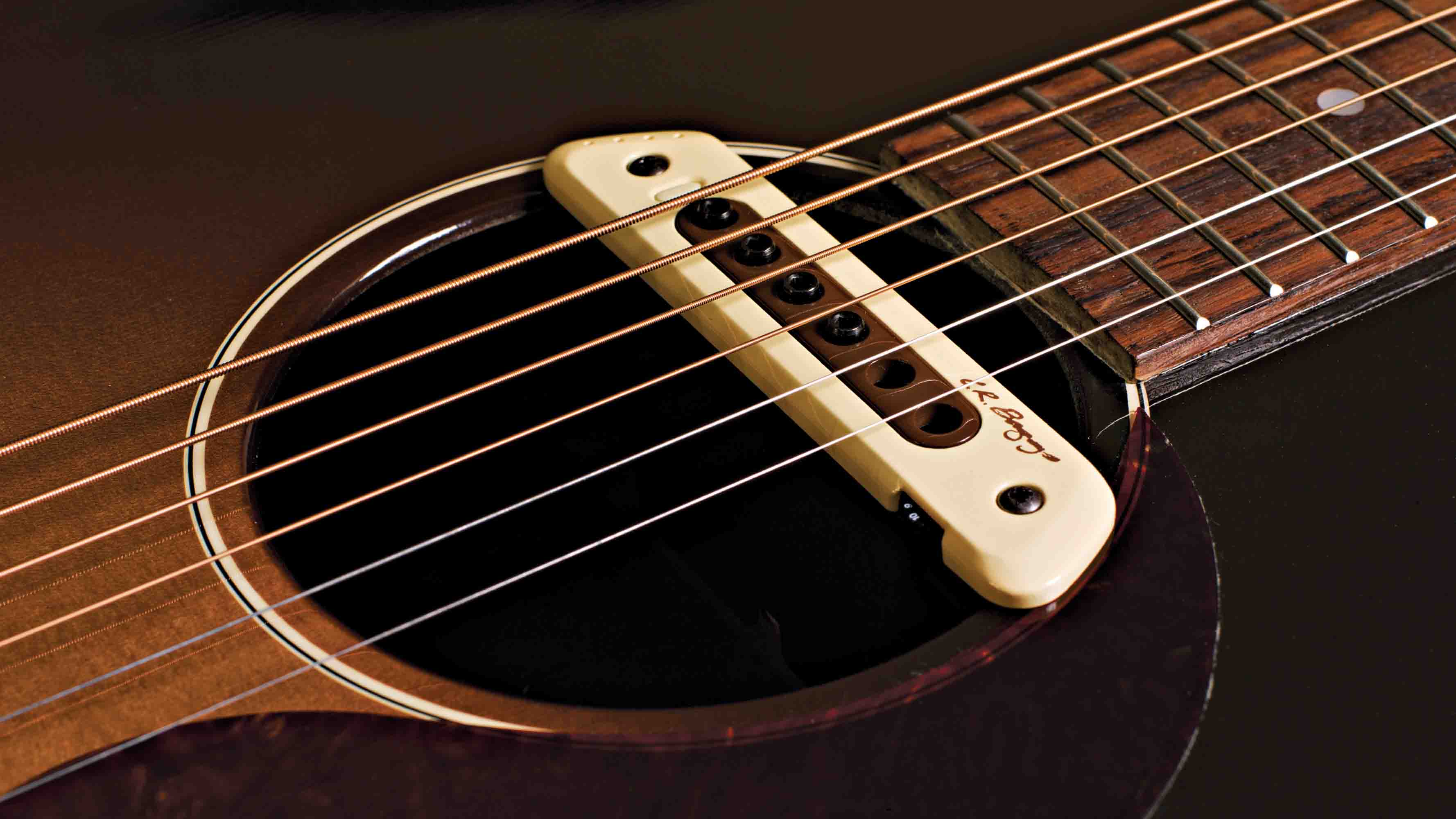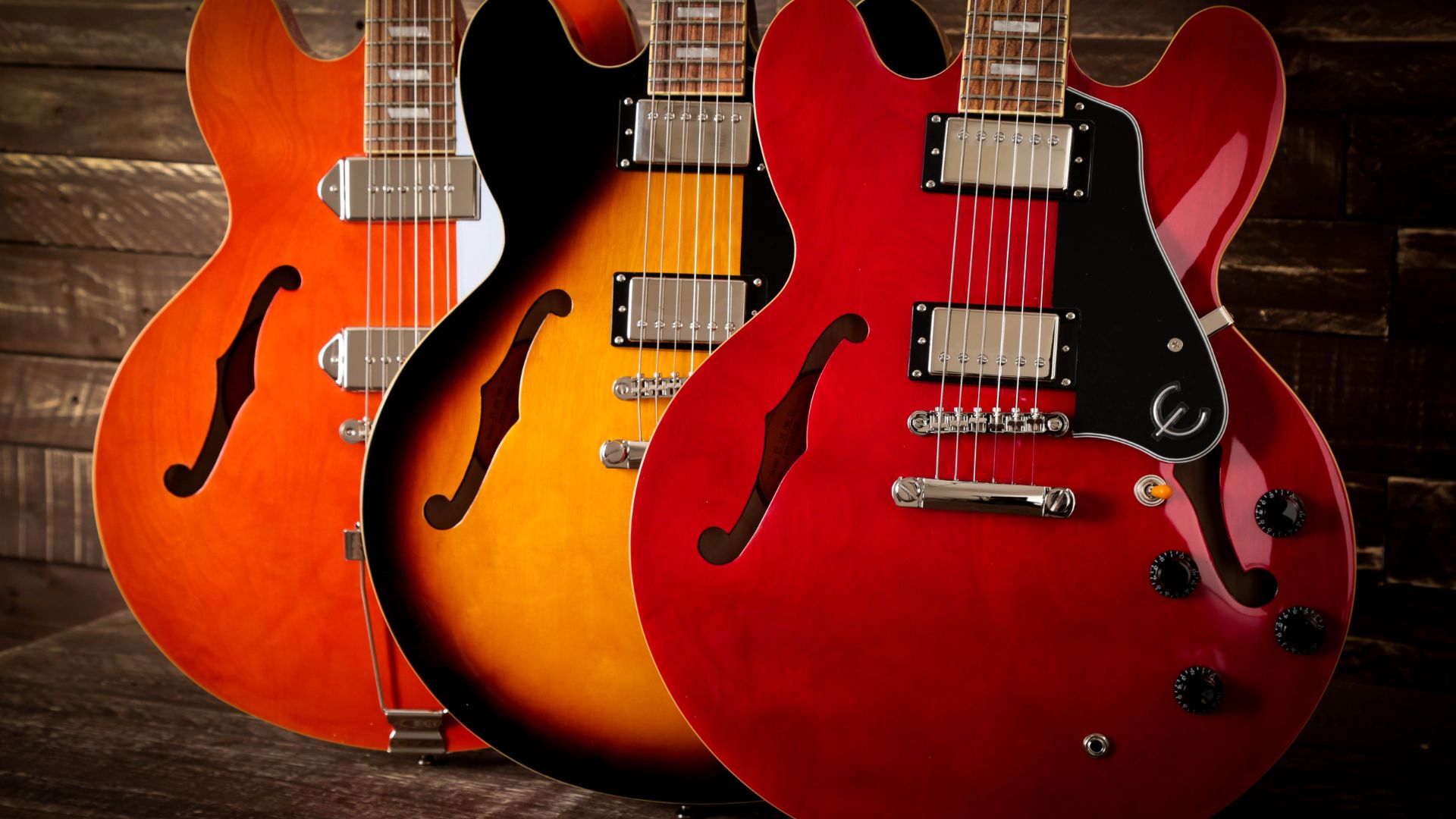Introduction
Introduction
When it comes to playing the acoustic guitar, the choice of strings can significantly impact the instrument"s sound, playability, and overall performance. Whether you"re a seasoned guitarist or a beginner, navigating the vast array of acoustic guitar strings available on the market can be a daunting task. With options ranging from different materials to various coatings and gauges, it"s essential to understand the key factors that differentiate one set of strings from another.
Choosing the right acoustic guitar strings involves considering several crucial aspects, such as the materials used, the gauge of the strings, the coating, and the desired tone. Additionally, factors like playability, durability, and price play a significant role in determining the ideal strings for your acoustic guitar. By delving into these considerations, guitarists can make informed decisions that align with their playing style, musical preferences, and budget.
In this comprehensive guide, we will explore the different types of acoustic guitar strings, delve into the materials used in their construction, examine the impact of gauge and coating on their performance, and consider their influence on tone, playability, durability, and price. By the end of this exploration, you will be equipped with the knowledge needed to make an informed decision about which acoustic guitar strings are best suited to your individual needs and preferences. So, let"s dive into the intricacies of acoustic guitar strings and unravel the factors that make them an indispensable component of the guitarist"s toolkit.
Types of Acoustic Guitar Strings
When it comes to acoustic guitar strings, there are several distinct types, each offering unique characteristics that cater to different playing styles and musical genres. Understanding the differences between these types is essential for selecting the strings that best complement your acoustic guitar and playing preferences.
1. Steel Strings: Steel strings are the most common type used on acoustic guitars. They are known for their bright and crisp sound, making them well-suited for genres such as folk, country, pop, and rock. Steel strings are available in various gauges, offering versatility for different playing techniques and tonal preferences.
2. Nylon Strings: Nylon strings, also known as classical guitar strings, are made of nylon and possess a softer, mellower tone compared to steel strings. These strings are popular among classical, flamenco, and fingerstyle guitarists due to their warm and rich sound. Nylon strings are often preferred by those seeking a gentler feel and tonal resonance.
3. Silk and Steel Strings: Silk and steel strings are a hybrid type that combines the warmth of nylon with the brightness of steel. They offer a balanced tonal profile, making them suitable for fingerstyle playing and genres that benefit from a blend of warmth and clarity, such as blues and contemporary folk music.
4. Phosphor Bronze Strings: Phosphor bronze strings are a popular choice among acoustic guitarists seeking a well-balanced and articulate sound. These strings produce a warm, rich tone with enhanced clarity, making them versatile for a wide range of musical styles, including folk, blues, and fingerstyle playing.
By understanding the unique characteristics of each type of acoustic guitar strings, players can make informed decisions based on their musical preferences, playing techniques, and desired tonal qualities. The type of strings chosen significantly influences the overall sound and feel of the instrument, making it crucial to select strings that align with the intended musical expression and performance.
Materials
Acoustic guitar strings are crafted from various materials, each contributing distinct tonal characteristics and playability. Understanding the materials used in string construction is pivotal for selecting strings that align with your musical preferences and performance requirements.
1. Steel: Steel strings are commonly made from high-carbon steel, offering bright, articulate tones with excellent projection and sustain. They are favored for their responsiveness and versatility across different musical genres, including folk, rock, and pop.
2. Nylon: Nylon strings, prevalent in classical and flamenco guitars, deliver a warm, mellow sound with a smooth feel under the fingers. Nylon strings are gentle on the fingertips, making them ideal for prolonged playing sessions and intricate fingerstyle techniques.
3. Phosphor Bronze: Phosphor bronze strings feature a copper alloy with phosphor added to enhance durability and corrosion resistance. These strings produce a well-balanced tone with rich, warm overtones, making them a popular choice for acoustic guitarists seeking a versatile and expressive sound.
4. Silk: Silk and steel strings combine silk with bronze or brass windings, offering a softer touch and mellow tone compared to traditional steel strings. The inclusion of silk provides a smoother feel, making these strings favorable for players seeking a blend of warmth and clarity.
Each material imparts distinct sonic qualities and tactile experiences, influencing the overall sound and playability of the guitar. By considering the characteristics of different materials, players can tailor their string selection to achieve the desired tonal nuances and responsiveness, enhancing their musical expression and performance.
Gauge
The gauge of acoustic guitar strings refers to the thickness of the strings, which significantly impacts their playability, tonal characteristics, and overall feel. Understanding the implications of string gauge is crucial for selecting strings that align with your playing style, preferences, and the sonic qualities you aim to achieve.
Light Gauge: Light gauge strings, typically ranging from .010 to .047 inches, offer ease of playability and responsiveness, making them ideal for beginners and players who prefer effortless string bending and fretting. These strings produce a bright, vibrant tone with enhanced flexibility, suitable for genres that demand nimble fingerpicking and dynamic expression.
Medium Gauge: Medium gauge strings, with thicknesses around .013 to .056 inches, strike a balance between playability and projection. They deliver a fuller, richer tone with increased sustain, making them well-suited for strumming and flatpicking across various musical styles, including folk and country.
Heavy Gauge: Heavy gauge strings, typically ranging from .014 to .059 inches, offer robust projection and enhanced resonance, ideal for achieving powerful, sustained notes and deep bass response. These strings are favored by players seeking a bold, commanding sound, particularly in genres that require aggressive strumming and strong fingerstyle techniques.
String gauge directly influences the tension on the guitar neck and the amount of force required to fret the strings, affecting the overall playability and tonal output of the instrument. By selecting the appropriate gauge based on their playing preferences and performance requirements, guitarists can optimize their playing experience and unlock the sonic potential of their acoustic guitar.
Coating
Coating plays a significant role in the performance and longevity of acoustic guitar strings, offering protection against corrosion, extending the lifespan of the strings, and influencing their tonal characteristics. Understanding the impact of coating on strings is essential for selecting the most suitable option based on your playing style, environmental factors, and tonal preferences.
Uncoated Strings: Uncoated strings provide a natural, bright tone with excellent sustain and responsiveness. While uncoated strings offer a traditional sound and feel, they are more susceptible to corrosion from moisture, oils, and dirt, requiring more frequent string changes to maintain optimal performance.
Coated Strings: Coated strings feature a thin layer of protective coating, typically made of polymers such as polytetrafluoroethylene (PTFE) or polyethylene terephthalate (PET). This coating shields the strings from moisture and debris, significantly prolonging their lifespan and preserving their tonal clarity and playability over time.
When considering coated strings, players can choose from various coating technologies, each offering specific benefits:
- Polymer Coatings: These coatings provide enhanced corrosion resistance and durability, ideal for players seeking long-lasting strings with consistent tone and feel.
- Nanoweb Coatings: Nanoweb-coated strings offer a smooth, natural feel with extended longevity and a balanced, articulate tone, making them suitable for a wide range of playing styles.
- Optiweb Coatings: Optiweb-coated strings deliver a crisp, natural tone with a slick feel, offering a responsive playing experience and extended lifespan.
By considering the advantages of coated and uncoated strings, as well as the specific attributes of different coating technologies, guitarists can make informed decisions based on their performance requirements, tonal preferences, and the environmental conditions in which they play, ensuring that their strings deliver optimal performance and longevity.
Tone
The tonal characteristics of acoustic guitar strings play a pivotal role in shaping the overall sound and sonic palette of the instrument. Understanding how different string attributes contribute to tonal nuances is essential for selecting strings that align with your musical expression and genre-specific requirements.
Brightness: The brightness of acoustic guitar strings refers to the presence of clear, high-frequency overtones in the sound. Steel strings are known for their inherent brightness, offering crisp articulation and cutting through the mix with clarity, making them well-suited for genres that demand a lively, vibrant sound, such as pop, country, and rock.
Warmth: Warmth in tone is characterized by rich, rounded low frequencies and a mellower overall sound. Phosphor bronze and silk and steel strings are revered for their warm tonal qualities, providing a balanced blend of warmth and clarity, making them suitable for genres that benefit from a nuanced, expressive sound, including folk, blues, and fingerstyle playing.
Sustain: Sustain refers to the length of time a note rings out after being plucked. Phosphor bronze strings are known for their enhanced sustain, allowing notes to resonate with depth and clarity, contributing to a rich, immersive sound ideal for solo performances and expressive playing.
Articulation: Articulation encompasses the clarity and precision of individual notes and chords. Light gauge steel strings offer exceptional articulation, facilitating intricate fingerpicking and dynamic expression, while medium and heavy gauge strings provide enhanced projection and articulation for robust strumming and powerful chordal playing.
By considering the tonal attributes of different string types, materials, and gauges, guitarists can tailor their string selection to achieve the desired sonic characteristics, enhancing their musical expression and performance across diverse genres and playing styles.
Playability
The playability of acoustic guitar strings encompasses the tactile feel, responsiveness, and ease of playing, all of which significantly influence a guitarist’s performance and comfort during practice and live settings. Understanding the factors that contribute to playability is crucial for selecting strings that align with your playing style, technical demands, and ergonomic preferences.
Fretting Ease: Light gauge strings offer reduced tension, making fretting and string bending more accessible, ideal for players seeking effortless fretting and nimble fingerstyle techniques. Conversely, heavy gauge strings provide greater resistance, yielding a more substantial feel under the fingers and enhanced sustain for powerful chordal playing.
String Flexibility: The flexibility of strings affects the ease of bending notes and executing expressive techniques. Light gauge strings offer increased flexibility, facilitating fluid string bending and dynamic phrasing, while medium and heavy gauge strings provide enhanced stability and resistance, ideal for players seeking precise control and projection during aggressive strumming and flatpicking.
Finger Comfort: Nylon and silk and steel strings offer a softer, gentler feel under the fingertips, reducing finger fatigue during prolonged playing sessions and providing a comfortable playing experience for players with sensitive fingertips. Steel strings, while offering a brighter tone, may exert more pressure on the fingertips, requiring an adjustment period for players transitioning from nylon or silk and steel strings.
Dynamic Response: The dynamic response of strings refers to their ability to translate the player’s touch and technique into nuanced tonal variations. Light gauge strings exhibit heightened dynamic responsiveness, allowing for subtle tonal modulations and expressive phrasing, while heavier gauge strings deliver a more pronounced, commanding response, ideal for players seeking robust projection and assertive articulation.
By considering the playability aspects of different string gauges, materials, and coatings, guitarists can tailor their string selection to optimize their playing experience, technical capabilities, and ergonomic comfort, ultimately enhancing their musical expression and performance across diverse playing styles and genres.
Durability
The durability of acoustic guitar strings is a critical consideration for guitarists seeking strings that can withstand extended playing sessions, environmental factors, and the rigors of live performances. Understanding the factors that contribute to string durability is essential for selecting strings that offer longevity, reliability, and consistent performance over time.
Corrosion Resistance: Strings with corrosion-resistant coatings, such as polymer, nanoweb, or optiweb coatings, offer enhanced protection against moisture, oils, and environmental contaminants, prolonging their lifespan and preserving their tonal clarity and playability. These coatings shield the strings from oxidation and corrosion, ensuring that they retain their sonic qualities and tactile feel over an extended period.
Tensile Strength: The tensile strength of strings determines their resilience to tension and stress, affecting their ability to withstand aggressive playing techniques and frequent tuning adjustments. High-quality materials, such as high-carbon steel and phosphor bronze, contribute to the tensile strength of strings, reducing the risk of breakage and ensuring consistent performance under varying tension levels.
Environmental Adaptability: Strings designed for environmental adaptability offer stability and reliability across diverse climate conditions, making them suitable for touring musicians and performers who encounter fluctuating humidity levels and temperature variations. Coated strings, in particular, exhibit superior resistance to environmental factors, making them an ideal choice for players seeking durable strings for extensive use in different performance settings.
Longevity: The longevity of strings directly impacts their cost-effectiveness and the frequency of string changes. Coated strings, known for their extended lifespan and consistent performance, offer a practical solution for players seeking durable strings that require less frequent replacement, reducing maintenance costs and ensuring reliable performance over an extended period.
By considering the corrosion resistance, tensile strength, environmental adaptability, and longevity of different string types and coatings, guitarists can select strings that offer optimal durability, reliability, and consistent performance, empowering them to focus on their musical expression and performance without the concern of premature string wear or breakage.
Price
When selecting acoustic guitar strings, the price is a significant factor that influences the accessibility, affordability, and overall value of the strings. Understanding the pricing dynamics of different string options is essential for making informed decisions that align with your budget, playing frequency, and performance requirements.
Economy Strings: Economy strings, often uncoated and made from standard steel or nylon, offer an affordable entry point for beginners and casual players. While economy strings may have a shorter lifespan and require more frequent replacement, they provide a cost-effective solution for those seeking budget-friendly options without compromising basic playability and tonal performance.
Mid-Range Strings: Mid-range strings encompass a broad spectrum of options, including coated strings, premium steel alloys, and hybrid materials. These strings strike a balance between affordability and enhanced durability, offering extended lifespan, corrosion resistance, and consistent tonal performance at a moderate price point, making them suitable for intermediate players and gigging musicians seeking reliable strings without a substantial financial investment.
Professional-Grade Strings: Professional-grade strings, often featuring advanced coatings, proprietary technologies, and high-quality materials, cater to discerning players and performing artists seeking uncompromising tonal excellence, longevity, and reliability. While professional-grade strings may command a higher price, their superior durability, tonal clarity, and environmental adaptability make them a worthwhile investment for dedicated musicians and recording artists seeking the highest level of performance and sonic precision.
Value Considerations: When evaluating the price of acoustic guitar strings, it is essential to consider the overall value proposition, taking into account factors such as longevity, tonal performance, and playability. While higher-priced strings may offer advanced features and extended lifespan, budget-friendly options can provide a practical starting point for players exploring different string types and gauges without a significant financial commitment.
By assessing the price relative to the expected lifespan, tonal characteristics, and performance attributes of different string options, guitarists can make informed choices that align with their budgetary constraints, playing frequency, and the desired balance between affordability and quality, ensuring that their chosen strings deliver optimal value and performance.
Conclusion
Choosing the right acoustic guitar strings is a multifaceted decision that involves considering a range of factors, including string type, materials, gauge, coating, tone, playability, durability, and price. By delving into the intricacies of acoustic guitar strings, players can make informed decisions that align with their musical preferences, playing style, and performance requirements.
From the bright, vibrant sound of steel strings to the warm, mellow tones of nylon and phosphor bronze, the diverse array of acoustic guitar strings offers a spectrum of sonic possibilities, catering to a wide range of musical genres and playing techniques. Understanding the tonal characteristics of different string types and materials empowers guitarists to tailor their string selection to achieve the desired sonic nuances and expressive capabilities, enhancing their musical expression and performance across diverse playing styles.
Furthermore, the playability and durability of acoustic guitar strings significantly impact a guitarist’s comfort, technical capabilities, and the longevity of the strings. By considering the tactile feel, string flexibility, corrosion resistance, and environmental adaptability, players can select strings that offer optimal playability and reliability, empowering them to focus on their musical expression without the concern of premature string wear or breakage.
Price considerations play a pivotal role in the accessibility and affordability of acoustic guitar strings, offering options that cater to beginners, intermediate players, and professional musicians. By evaluating the price relative to the expected lifespan, tonal performance, and playability, guitarists can make informed choices that align with their budgetary constraints, ensuring that their chosen strings deliver optimal value and performance.
In conclusion, the world of acoustic guitar strings is rich and diverse, offering a multitude of options that cater to the unique preferences and performance needs of guitarists. By understanding the nuances of string types, materials, gauge, coating, tone, playability, durability, and price, players can navigate the vast landscape of acoustic guitar strings with confidence, ultimately enhancing their musical journey and unlocking the full sonic potential of their instrument.







